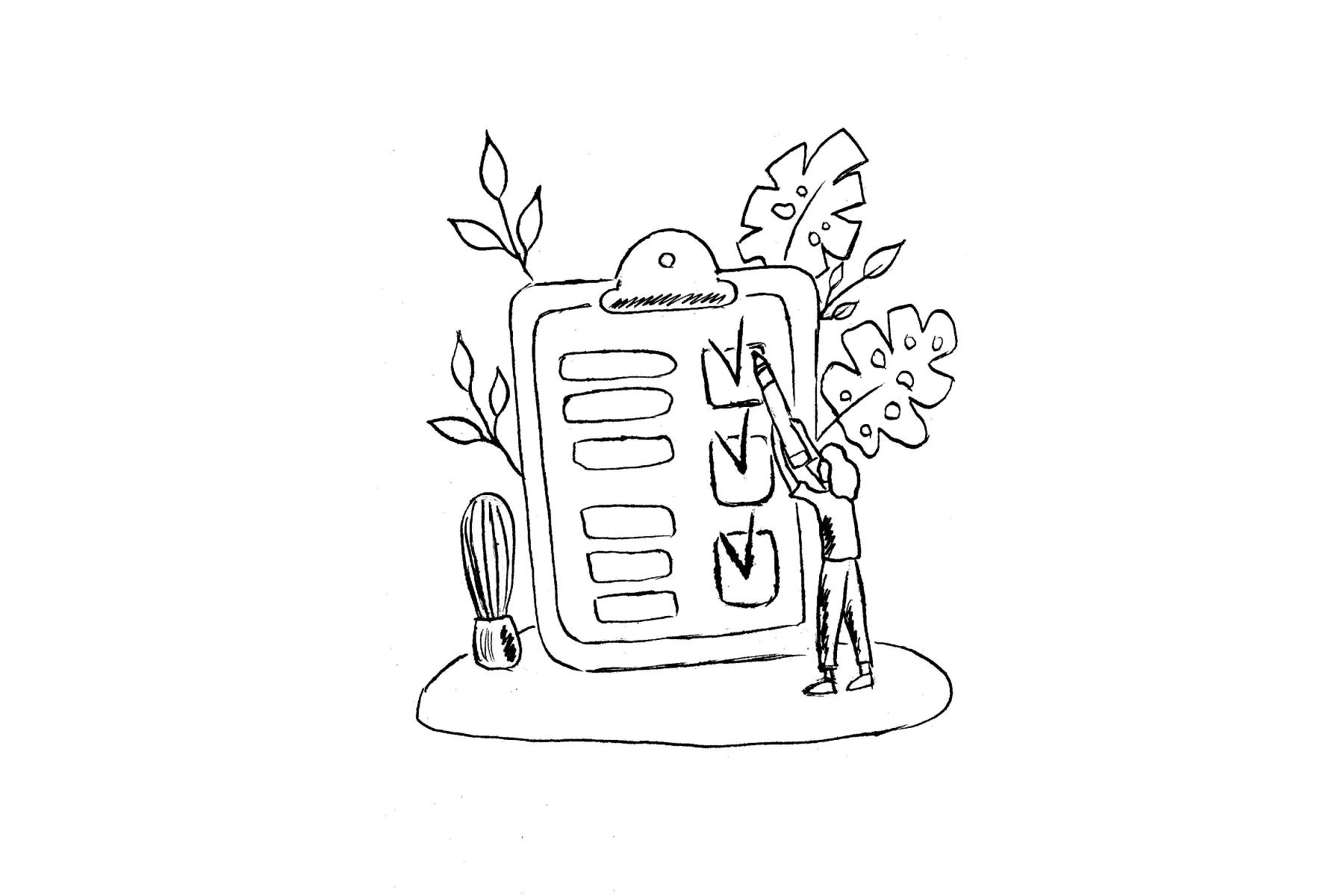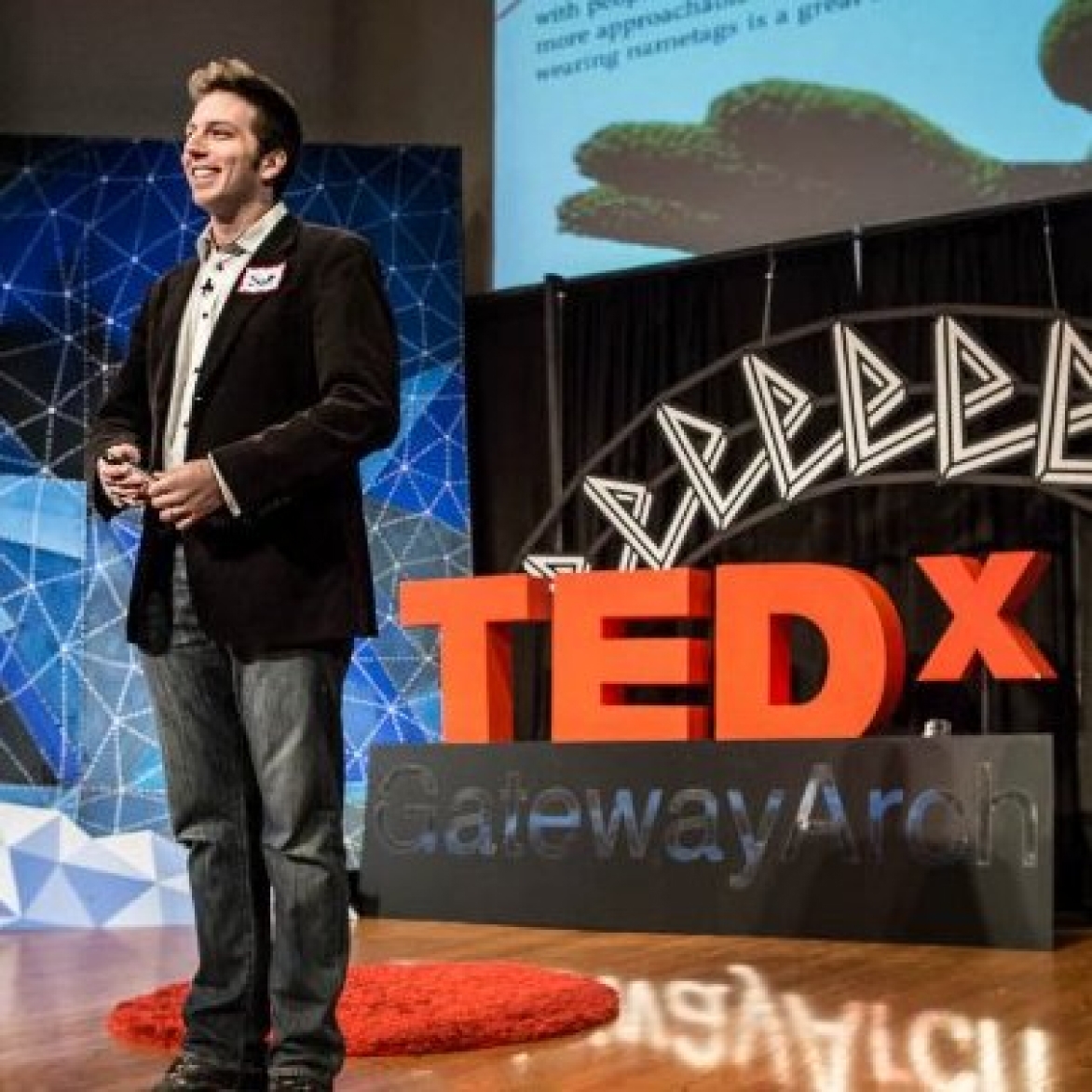
The Context
If you don’t write it down, it never happened; and if you can’t find it, it doesn’t exist. Every person or organization needs tools to help them identify, use and transform their knowledge more effectively. Think of it as using your right brain skills of creativity and connection, and mixing them with your left brain skills of logic and organization. What matters is allowing information to become more visible, and therefore more measurable and accountable.
The Tool
Creative Audit
CREATIVE AUDIT — The process of identifying, assessing and leveraging an organization’s knowledge, and the brains behind it
There are tons of powerful questions you can ask teams to uncover knowledge opportunities. Here’s a list of a few. What resource or process would help save you time and stress? What do you do intuitively, but you haven’t documented, that the broader team would love to learn? What’s not immortalized on a document that just lives inside people’s brains? What are your impediments to information sharing, expertise finding and content collaboration? What tools would help you identify, use or transform your knowledge more effectively? In what areas do you find yourself asking the same types of questions repeatedly? What mechanisms might be helpful for encouraging knowledge sharing and transfer in your organization? And here’s the best one. Of the questions that you have been asked by others in the organization, what knowledge was requested that you consider to be essential for business performance, essential for the company's competitive advantage, important for leading to innovations and new business areas in the future?

Scott's Take
My first job out of college was selling couches at a discount furniture warehouse. Since it was a mom and pop shop, there wasn’t exactly training on my first day. It was actually a weekday morning, which meant low volume. And so, my boss told me to browse the isles for a couple of hours to familiarize myself with the products. Scott, your parents paid for an expensive college degree, go put it to use, he said. Welcome to the real world, huh? But instead of just kicking tires, reading all the price tags and waiting for lunch to come, I grabbed a yellow legal pad from the supply room and started building out an entire inventory framework. Complete with technical information about our store’s fabrics, springs, colors, styles and manufacturing information. Not to mention personal notes from my own user experience of testing out the merchandise. This research turned out to be quite enjoyable. Took me about three days to complete it, and my brain was firing on all cylinders the whole time. Hey, it was my first job, may as well jump right in. Over the next few months, I would review my notes every morning on the bus ride to the furniture store. This ritual locked me into the right mindset for work and equipped me to talk intelligently to customers and make sales. And looking back, I don’t know if it made me a better couch salesperson. It certainly didn’t earn me any promotions. But I remember loving the process because it made me feel like the best version of myself. My brain got used to the fact that casting about for knowledge made it feel good and useful.
The Rest
If your brain hurts, after reading the audit questions, don’t worry. The survey doesn’t need to include every single question, nor do people have to answer every single one. But this process can make a significant impact in an organization. Because when it comes to knowledge management, intention and attention are powerful levers for effecting change. Are you absorbing knowledge from every possible source and opportunity?
The Benefits
Make team members feel heard, valued and energized to effect change
Extract greater economic value from informational assets
Engage people in useful projects that they’re passionate about completing
Create tools that save time, share knowledge faster and lead to future innovations